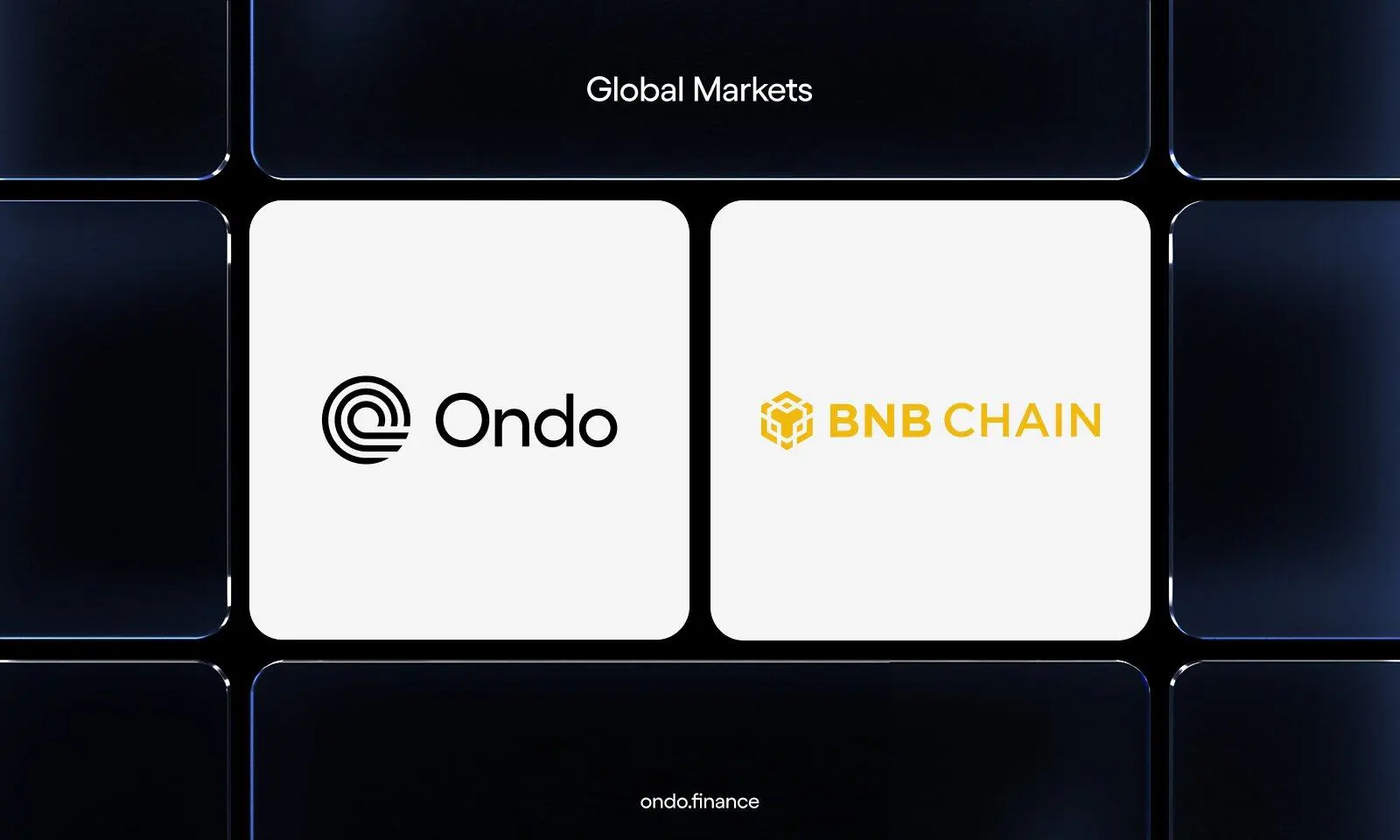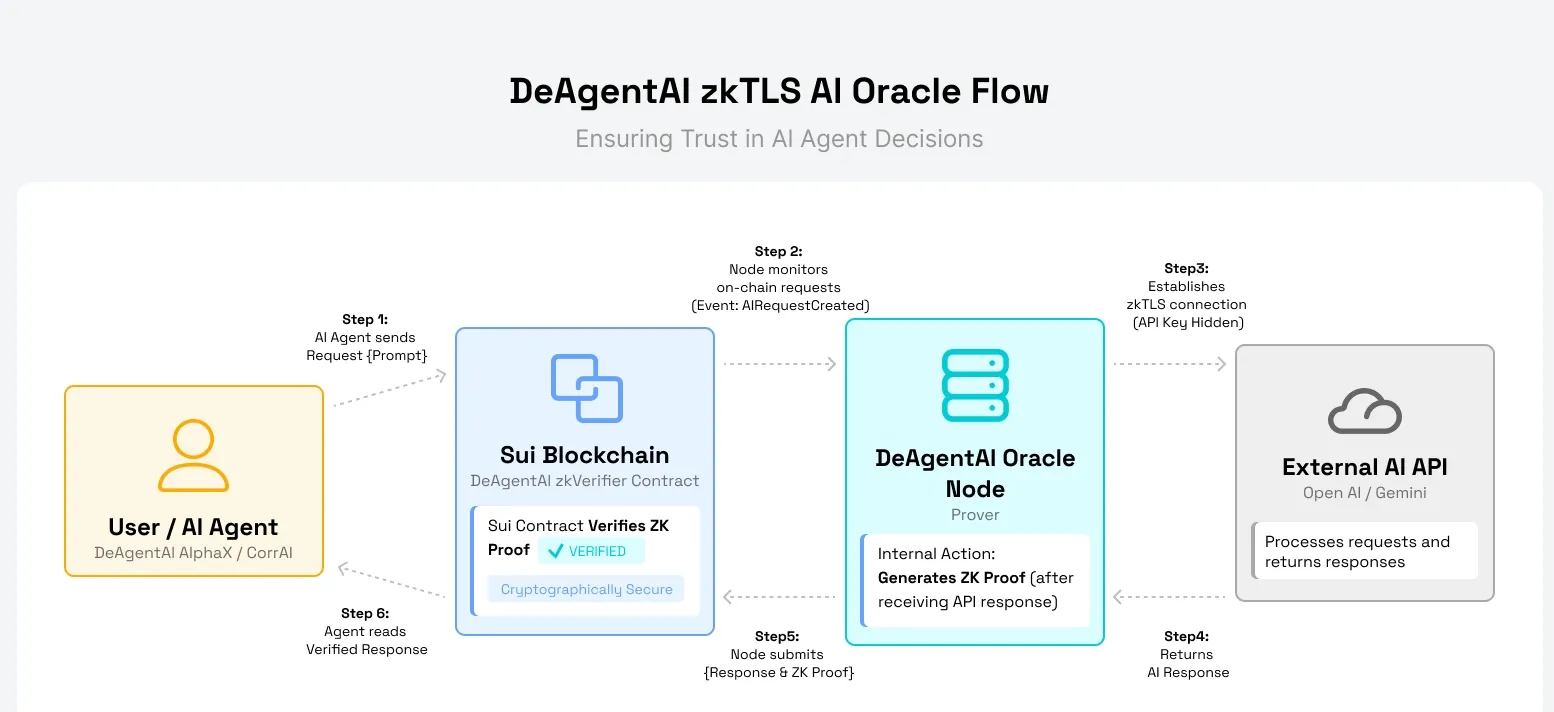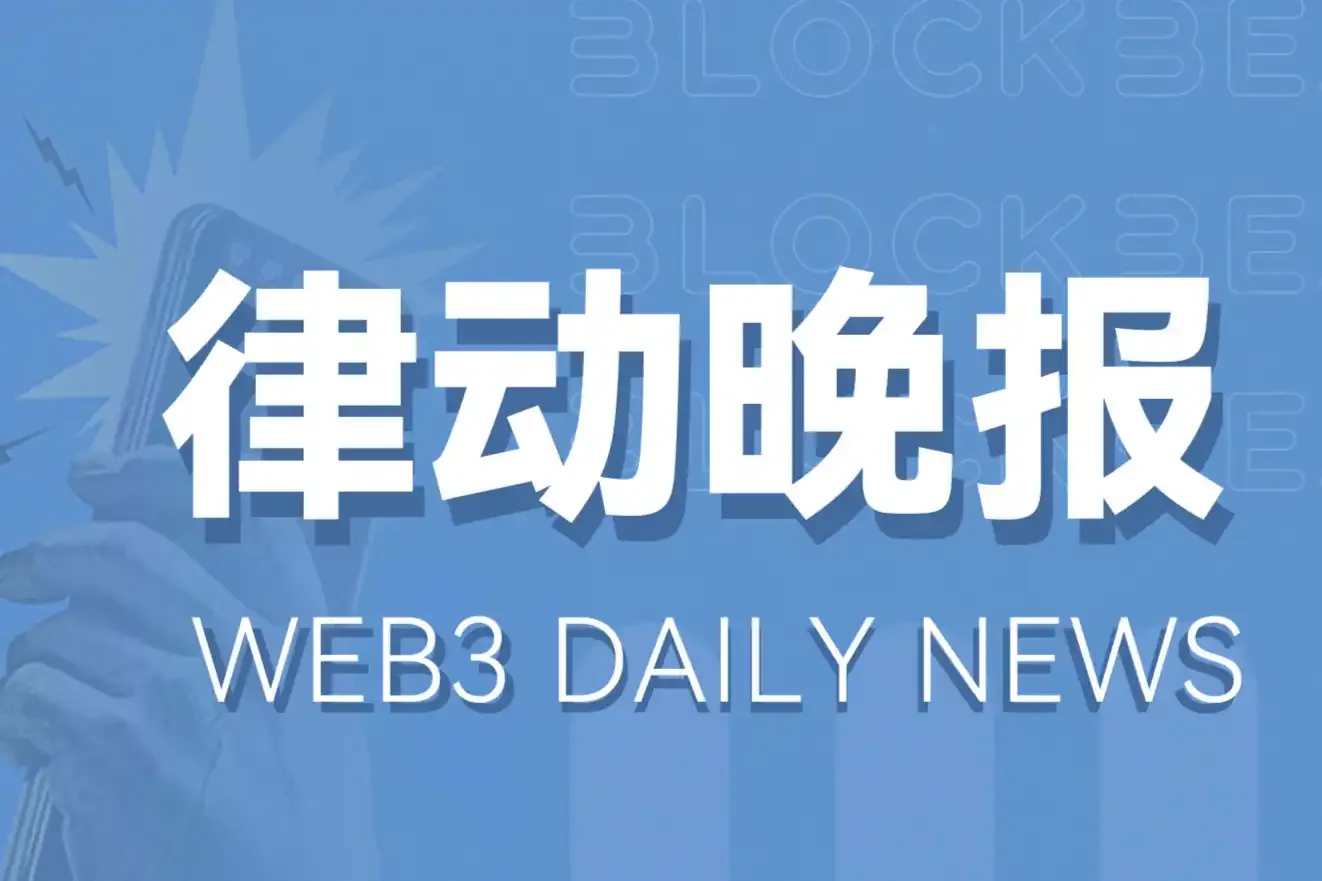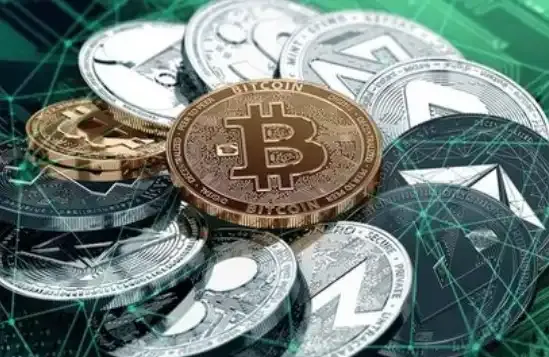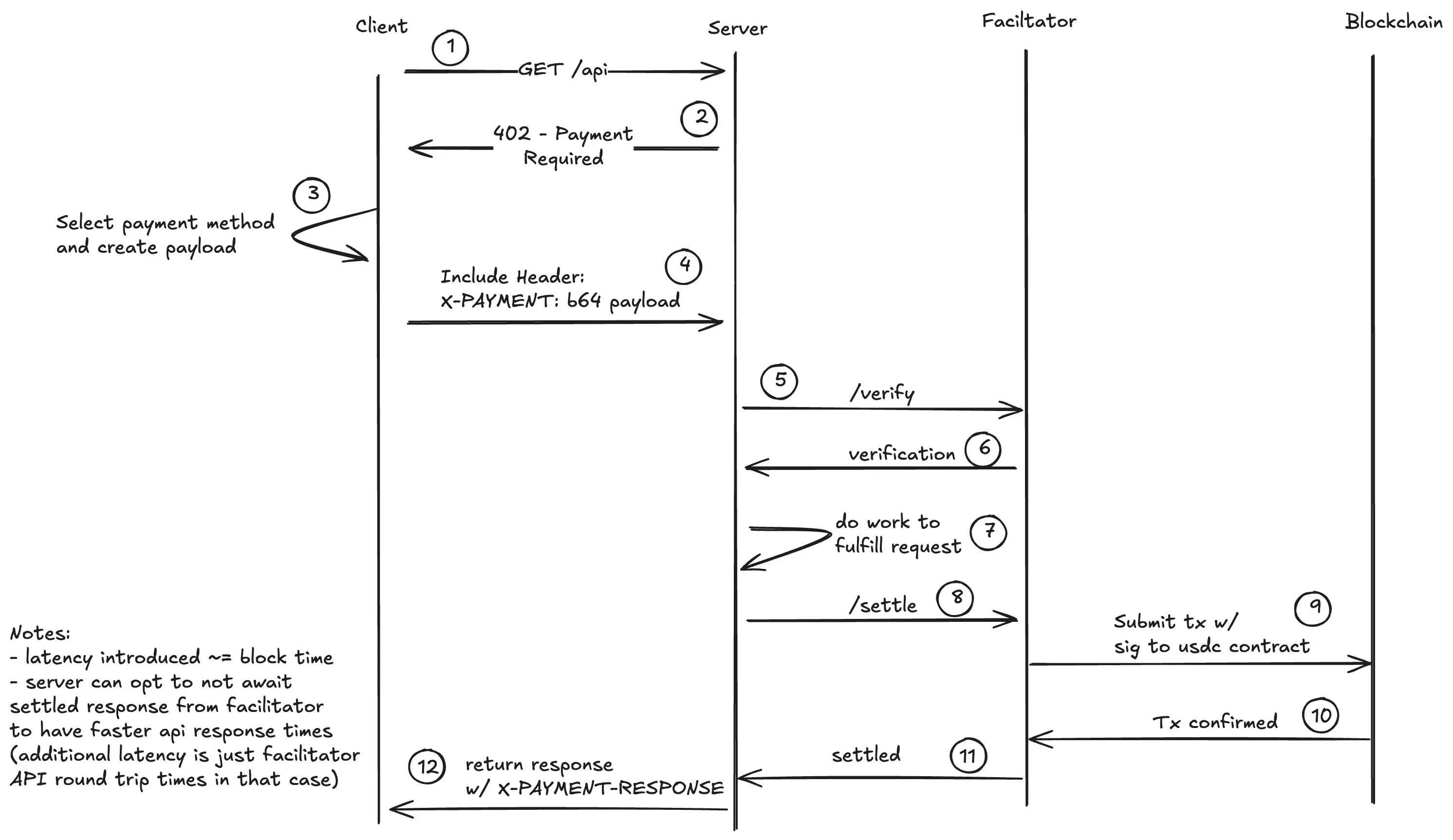Written by: Glendon, Techub News
Despite the current fluctuations and volatility in the cryptocurrency market, the Ethereum Fusaka upgrade is progressing steadily.
Yesterday, the Fusaka upgrade was successfully activated on the final testnet, Hoodi. As the last hurdle before mainnet activation, this means that Fusaka will officially launch as scheduled by the end of the year. Prior to this, Fusaka was successfully deployed on the testnets Holesky and Sepolia on October 1 and October 14, respectively. According to the established plan for the Fusaka upgrade, it requires at least 30 days of testing before the mainnet launch. Based on this, core developers have tentatively set the launch date for December 3.
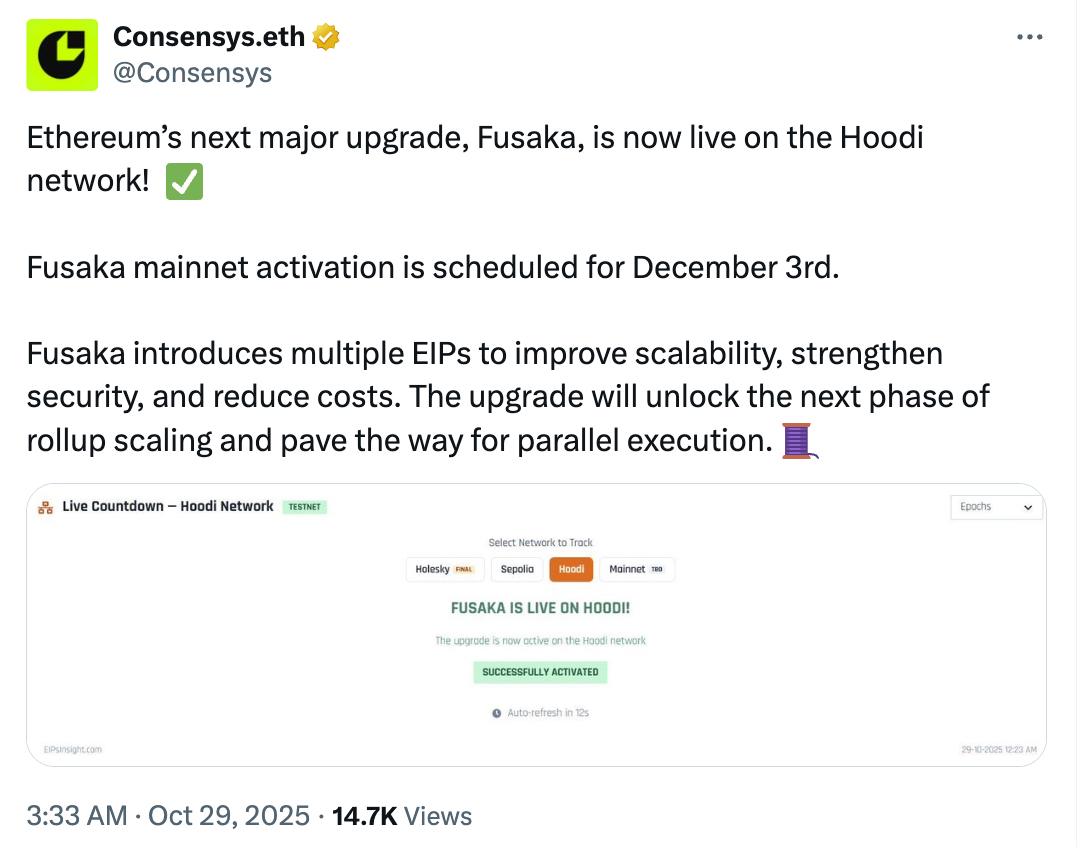
It is worth mentioning that the Fusaka upgrade encompasses 12 core Ethereum Improvement Proposals (EIPs), aimed at comprehensively enhancing Ethereum's scalability, operational efficiency, and security. Specific improvements include increasing the block gas limit, expanding the "Blob" capacity, and introducing new node security features. So, what specific new technologies and improvements does the Fusaka upgrade include, what tricky problems does it solve, and what changes can it bring to Ethereum?
Detailed Explanation of Ethereum Improvement Proposals
EIP-7594: Peer Data Availability Sampling (PeerDAS)
Among the many improvement proposals in the Fusaka upgrade, EIP-7594 is considered one of the core proposals. It introduces the Peer Data Availability Sampling (PeerDAS) mechanism, allowing validators to investigate Blob data fragments without processing the complete "data block." This significantly enhances the data verification efficiency of Rollup networks, thereby improving the data availability of the Ethereum Layer 2 ecosystem.
On the technical implementation level, PeerDAS optimizes the data storage structure using SSZ (SimpleSerialize) serialization technology, greatly improving sampling efficiency. Traditional DAS requires nodes to download complete Blob data, which poses a significant challenge for small operators, as the high hardware costs make it difficult for them to participate in the network. PeerDAS reduces the hardware threshold for nodes through sampling verification, enabling small operators (such as home nodes) to participate in the network at a low cost, thus promoting the decentralization of the Ethereum network and reducing the centralization of validators caused by high resource demands.
EIP-7825: Single Transaction Gas Limit Proposal
The improvement proposal EIP-7825 was finalized at the Ethereum Execution Layer Core Developers Meeting (ACDE) in August 2025. This proposal sets the single transaction gas limit to 2²⁴ (approximately 16.78 million gas), aiming to resolve the imbalance in block resource allocation. Previously, batch operations or aggressive transactions could occupy the entire block's resources, causing delays for ordinary transactions and affecting network fairness. This proposal limits the occupation of block resources by oversized transactions, preventing a single transaction from monopolizing block space. Additionally, it reserves resource allocation space for future parallel execution (such as EVM parallelization), improving block utilization.
The implementation of this proposal helps maintain fairness and ensures timely processing of various transactions. Furthermore, with a clear gas limit, contract deployment tools (such as Truffle and Hardhat) can optimize transaction generation logic in advance, reducing transaction failure rates and improving development efficiency.
EIP-7918: Fixed Base Fee Mechanism for Blob Transactions
The core technology of EIP-7918 is to introduce a fixed base fee for Blob transactions. Through this design, the base fee for Blob transactions is effectively confined within the execution cost limits, avoiding the drastic fluctuations in gas fees caused by sudden demands from data-intensive applications (such as Rollups). In terms of fee calculation, this mechanism dynamically adjusts based on historical Blob usage rates, similar to the existing gas fee mechanism, but with an upper limit rigidly defined by the protocol.
Before the implementation of this proposal, Blob fees were entirely determined by market supply and demand, leading to significant fluctuations in the operating costs of Rollup networks. In extreme cases, daily fee differences could reach up to 10 times. EIP-7918 precisely adjusts the fee upper limit through algorithms, ensuring that L2 networks can maintain predictable operating costs even during peak business periods. For L2 project parties, they can also plan data storage budgets in advance based on the fixed fee upper limit, creating reasonable and stable transaction fee schemes for users. This not only helps improve user experience but also effectively reduces business model risks.
EIP-7892: BPO Hard Fork Mechanism
EIP-7892, as one of the most core improvement proposals in the Fusaka upgrade, aims to expand Blob capacity through a hard fork mechanism, further tapping into the scalability potential of Layer 2.
The BPO mechanism allows the network to dynamically expand Blob capacity through a lightweight fork that only adjusts Blob parameters (without requiring full node synchronization upgrades). In simple terms, no code modifications are needed; only configuration changes are required. This model significantly reduces deployment complexity, shortening the originally lengthy upgrade cycle from months to weeks. For example, this upgrade plans to execute two BPO forks in a short time, gradually increasing the Blob target/maximum from 6/9 to 14/21, effectively doubling the Blob capacity.
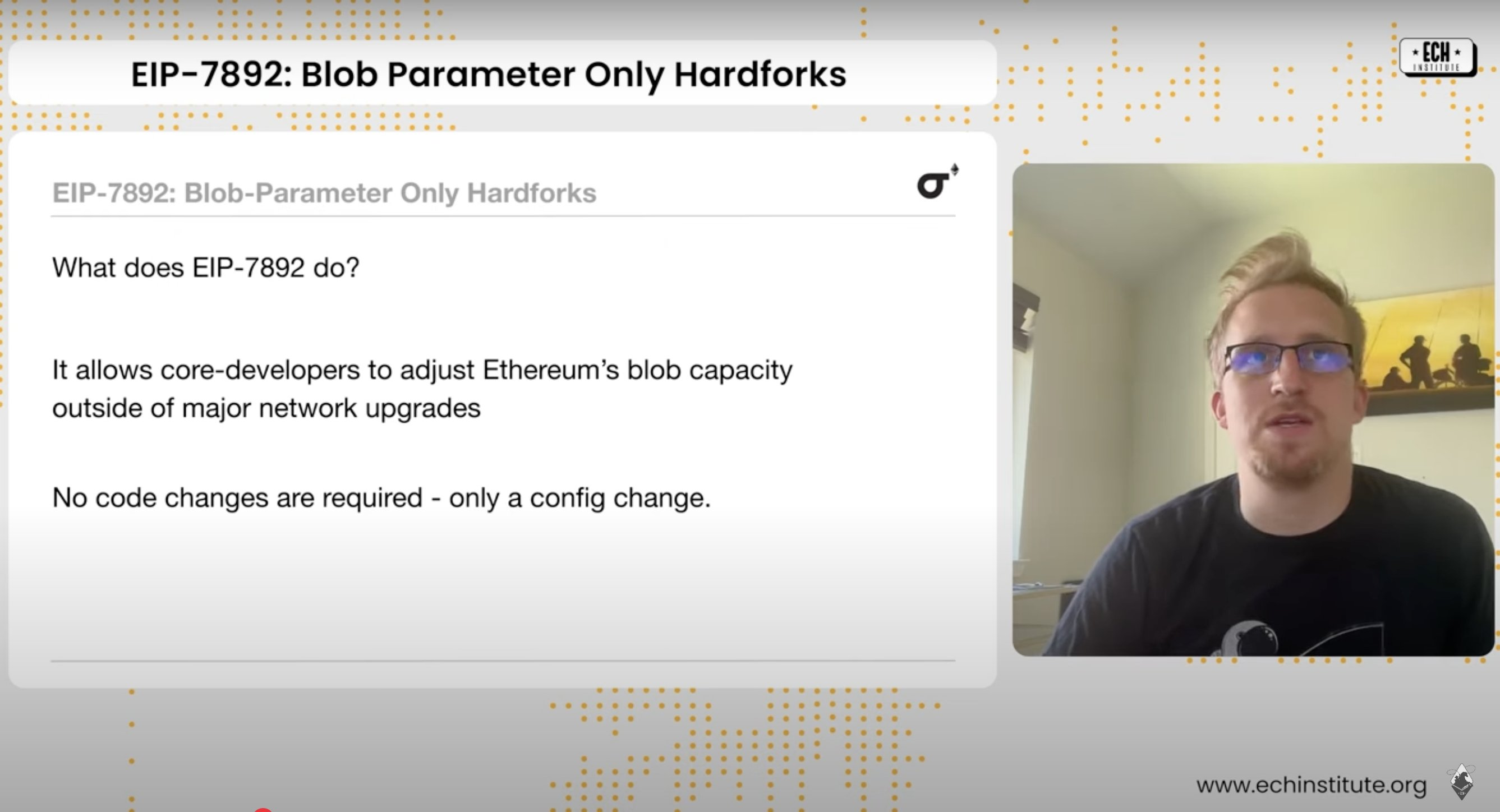
The elastic expansion mechanism introduced by EIP-7892 effectively addresses the drawbacks of traditional expansion solutions, which have fixed capacities, low fork efficiency, and difficulty in adjustment. Additionally, this proposal works in conjunction with previously mentioned proposals such as EIP-7918 and EIP-7825 to collectively optimize the data availability layer (DA) of the Ethereum mainnet, reducing transaction costs while enhancing the overall resilience of the network and paving the way for subsequent upgrades (such as Glamsterdam).
EIP-7935: Gas Limit Expansion Proposal
EIP-7935 is also one of the highly anticipated expansion proposals in the Fusaka upgrade. This proposal clearly outlines a short-term plan to increase the block gas limit from 45 million to 60 million in this upgrade, with a long-term goal of gradually raising the block gas limit to 150 million. This aims to reduce Layer 2 transaction costs and increase data throughput without increasing the hardware investment for validating nodes or compromising Ethereum's decentralization.
This proposal will further alleviate congestion on the Ethereum network and the soaring gas fees, supporting more frequent off-chain data submissions.
EIP-7934: Setting Block Execution Block Limits
EIP-7934 is an important proposal in the Fusaka upgrade that ensures security, focusing on strictly limiting the size of RLP (Recursive Length Prefix) execution blocks to prevent various risks that may arise from large blocks. This proposal sets a hard limit on block size at 10 MB, significantly reducing the risk of network congestion or DoS attacks caused by oversized blocks. This proposal cleverly balances the expansion needs of Layer 2 with the security of the mainnet, ensuring the stability and attack resistance of the distributed network while ensuring that blocks can be quickly propagated within the network, maintaining the normal operational order of the network.
EIP-7917: Deterministic Proposer Preview
EIP-7917 focuses on addressing the uncertainty problem in the election of block proposers within the consensus mechanism. This proposal suggests generating and storing a deterministic proposer list at the start of each block, publicly disclosing the information of the next round of proposers in advance to enhance the confirmation speed and reliability of the on-chain protocol. Specifically, at the beginning of each epoch, a list containing the current and future block proposers (i.e., proposal_lookahead) is generated and stored, dynamically updated by removing old proposers and adding new ones, and stored on-chain for easy access by smart contracts to view the next round of proposer information. This design eliminates the reliance on RANDAO random numbers, simplifies the implementation process of the on-chain protocol, while maintaining backward compatibility and scalability.
In addition to the core proposals mentioned above, the Fusaka upgrade also includes the following important proposals:
EIP-7823: Effectively reduces the risk of DoS attacks by limiting the input length of ModExp operations in smart contracts, decreasing the occupation of network resources by malicious contracts and enhancing the consensus security of Ethereum.
EIP-7883: Adjusts the execution cost of ModExp precompiled operations from 2¹⁴ to 2¹³, making the cost parameters more reasonably reflect their actual resource consumption, optimizing network resource allocation.
EIP-7951: Adds a new precompiled contract to support the secp256 r1 curve in Ethereum, further strengthening integration capabilities with external systems like WebAuthn, expanding Ethereum's application scenarios and ecological boundaries.
EIP-7939: Introduces a bitwise operation instruction called CLZ (Count Leading Zeros), specifically designed to optimize the efficiency of log2-type calculations. This instruction can enhance the Ethereum execution layer's processing efficiency for bitwise operations, reducing resource consumption and increasing computation speed in smart contract development.
EIP-7642: Removes legacy proof-of-stake historical data to reduce the synchronization burden on new nodes, saving bandwidth while simplifying client code, thereby improving the efficiency of new nodes joining the network.
With the successful activation of the Fusaka upgrade on the Ethereum mainnet, the positive impacts of these technological upgrades will permeate the Ethereum ecosystem, driving improvements across multiple dimensions.
First, in the L2 ecosystem, the expansion of Blob capacity and the introduction of the PeerDAS mechanism will significantly enhance the data processing capabilities of L2 Rollups and reduce transaction costs. It is foreseeable that the L2 ecosystem may experience explosive growth, attracting more high-frequency small transactions (such as DeFi flash swaps and NFT fragmentation) back to the Ethereum mainnet.
Secondly, the degree of decentralization and security of nodes will improve. The PeerDAS mechanism allows small operators to participate in the network more easily, alleviating the monopoly issues posed by large operators. At the same time, the implementation of security proposals such as EIP-7823 enhances the network's ability to resist attacks and reduces the risk of network interruptions, further improving the stability and security of the Ethereum network.
Additionally, the increase in block gas limits and the optimization of the Blob transaction pricing model will directly improve the user transaction experience. The higher gas limit means that each block can process more transactions, while the optimization of the Blob transaction pricing model makes the calculation of transaction fees more reasonable, effectively reducing user transaction costs and increasing transaction processing speed. It is foreseeable that the daily transaction processing capacity of the Ethereum network will be significantly enhanced, and the time users wait for transaction confirmations will be greatly shortened.
Finally, the success of this upgrade will undoubtedly promote the long-term advancement of Ethereum's technical roadmap. The Fusaka upgrade is a key step in Ethereum's 2025 roadmap, laying the foundation for the subsequent Glamsterdam upgrade. By continuously optimizing the underlying mechanisms, the Ethereum network will gradually achieve higher levels of scalability and efficiency, and the future remains promising.
免责声明:本文章仅代表作者个人观点,不代表本平台的立场和观点。本文章仅供信息分享,不构成对任何人的任何投资建议。用户与作者之间的任何争议,与本平台无关。如网页中刊载的文章或图片涉及侵权,请提供相关的权利证明和身份证明发送邮件到support@aicoin.com,本平台相关工作人员将会进行核查。
